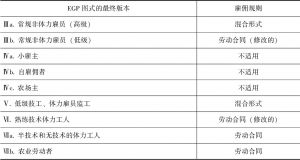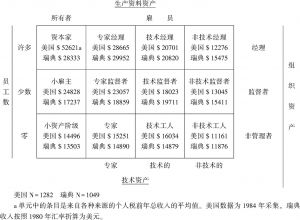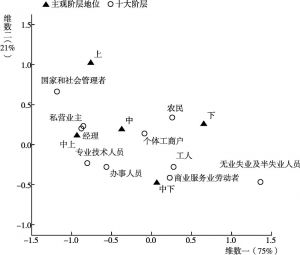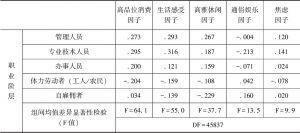章节
阶级分析的理论传统与经验测量
检索正文关键字
章节目录
-
第一节 古典阶级理论:马克思与韦伯
- 一 古典阶级理论:马克思和韦伯
- 1.马克思的阶级思想
- 2.韦伯的阶级思想
- 3.马克思与韦伯阶级思想的异同
- 二 古典阶级理论面临的当代挑战
- 一 古典阶级理论:马克思和韦伯
-
第二节 当代阶级理论及阶级结构测量
- 1.奥林·赖特的新马克思主义阶级结构框架
- 2.约翰·戈德索普的EGP图式
- 3.格伦斯基等人的职业阶级(“新涂尔干主义”)
-
第三节 阶级的后果与影响
- 一 宏观与微观:两种不同取向
- 二 阶级位置与阶级后果:微观取向的中间机制
- 三 阶级的影响:经验表征
- 1.阶级与收入
- 2.阶级与主观地位认同
- 3.阶级与生活方式
相关文献
查看更多>>>








